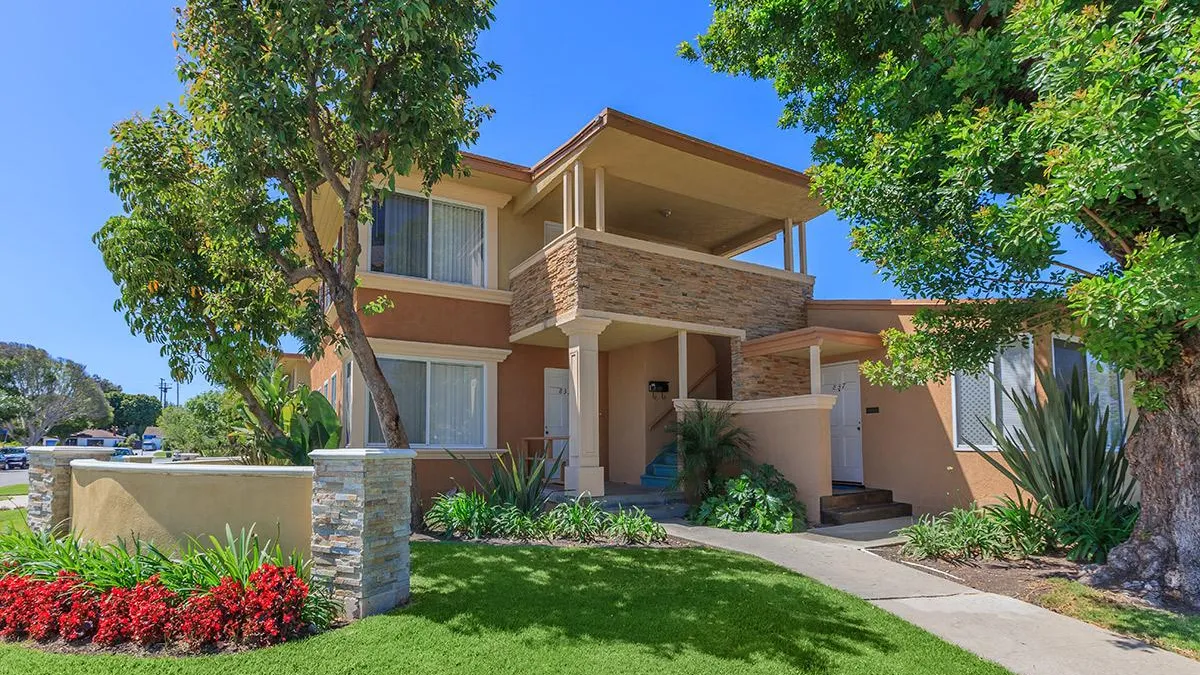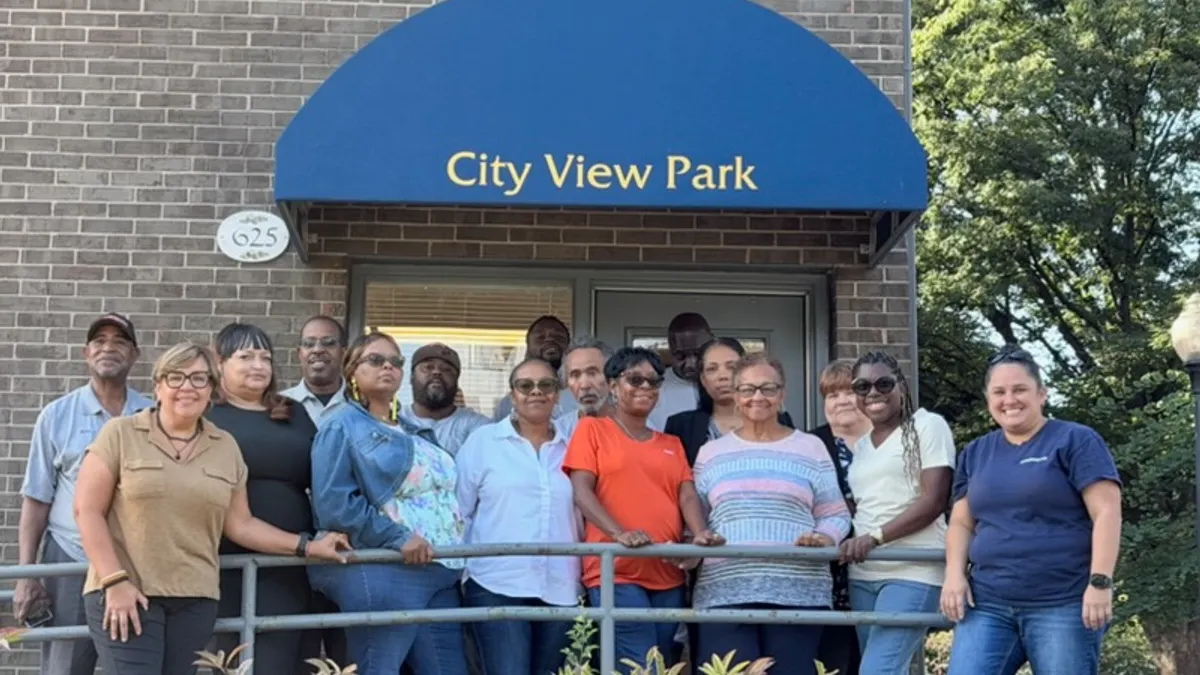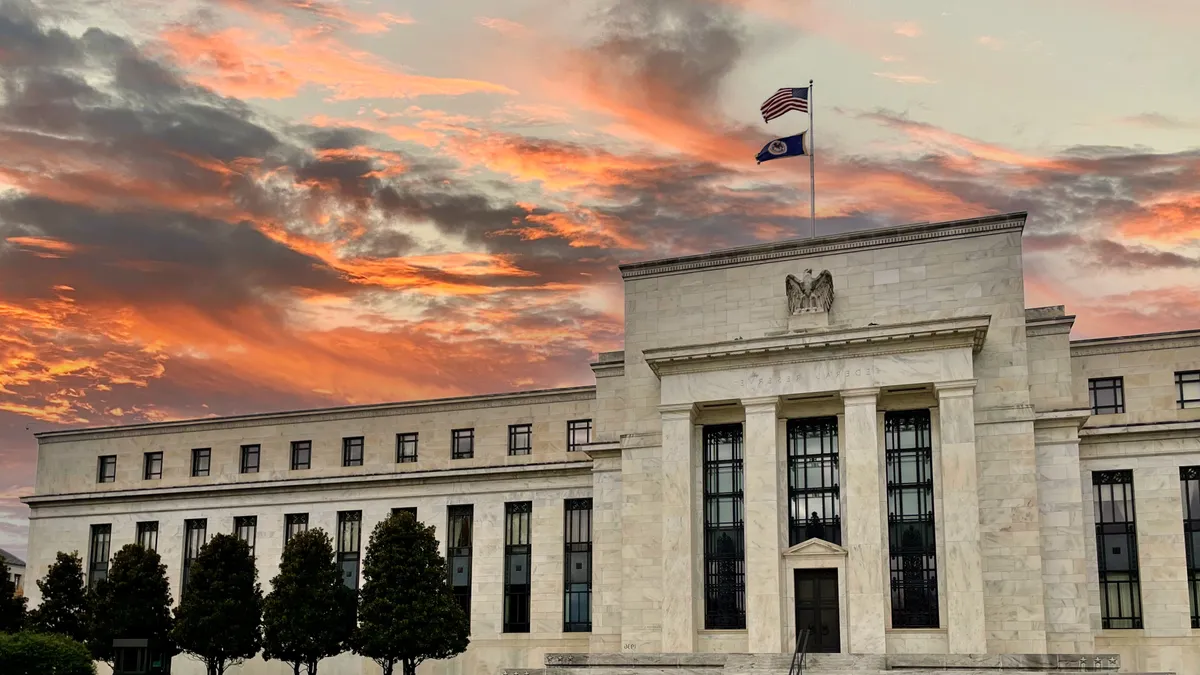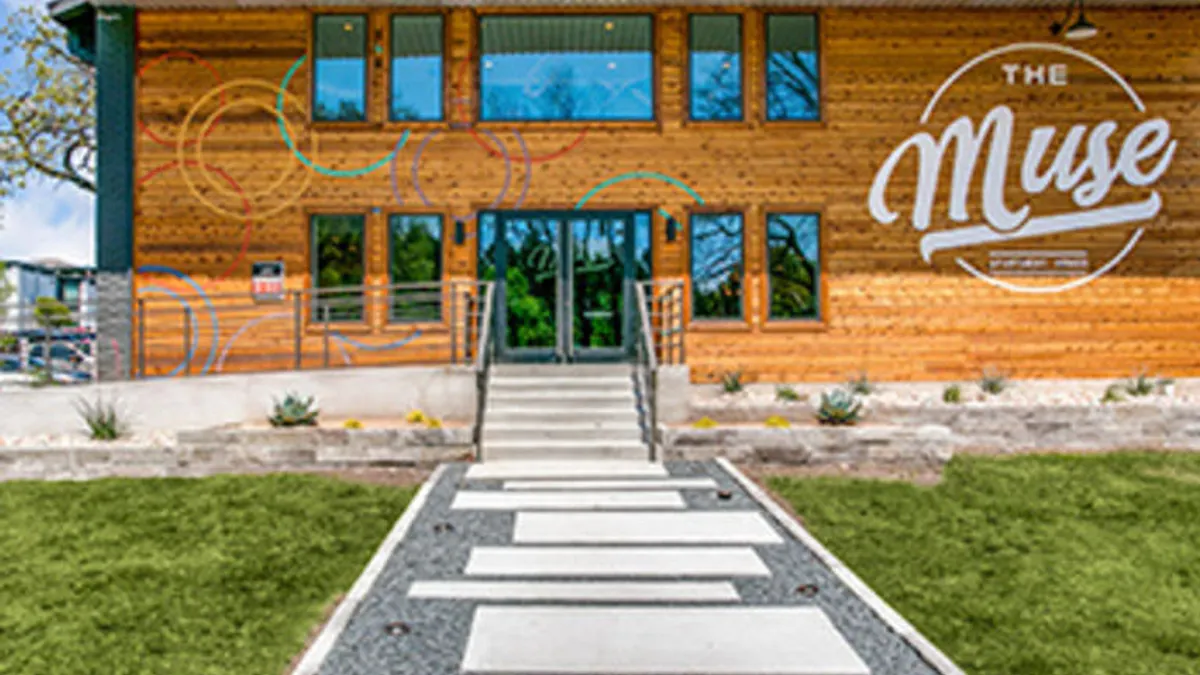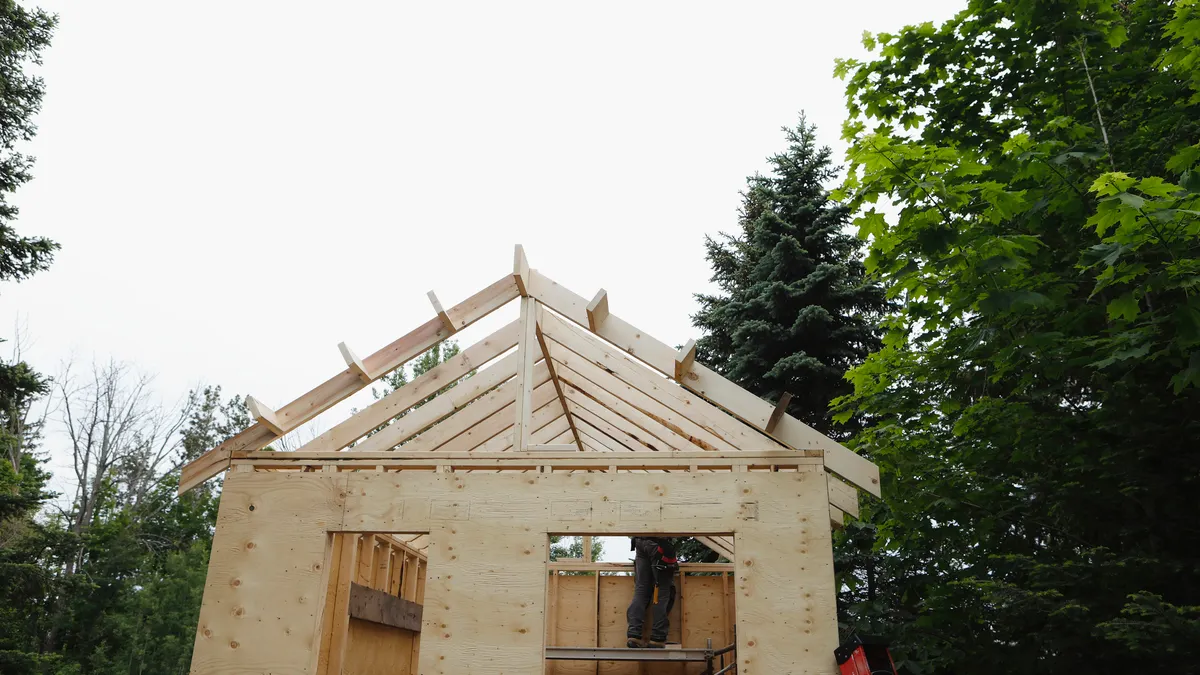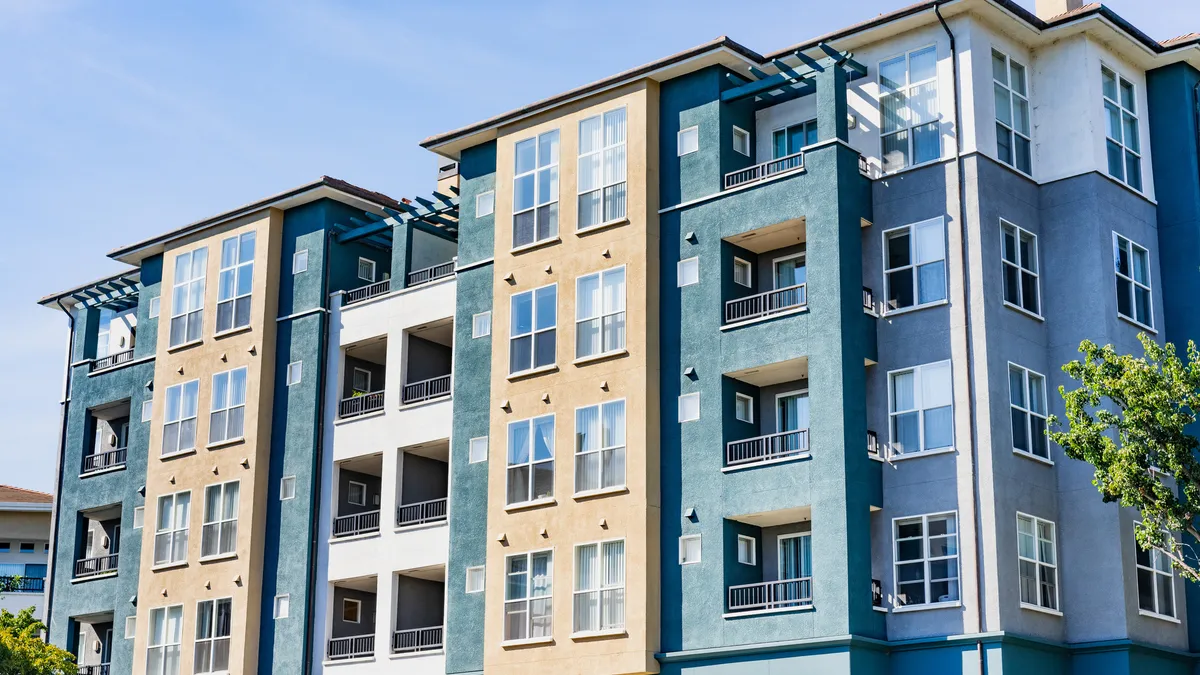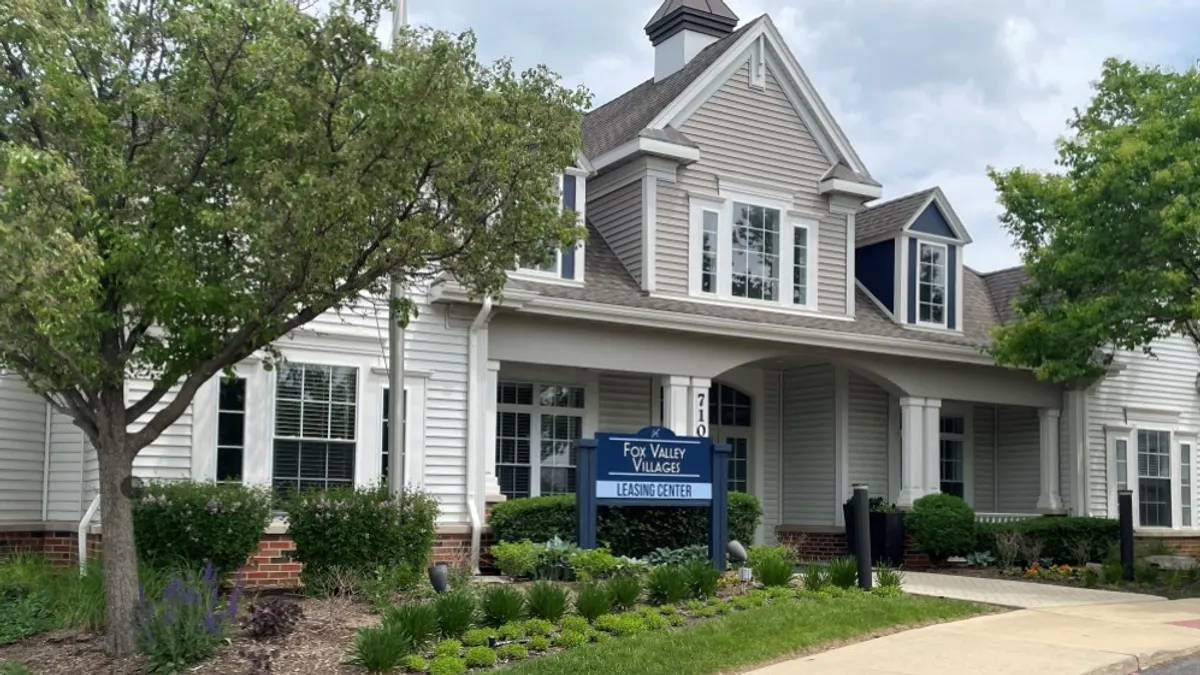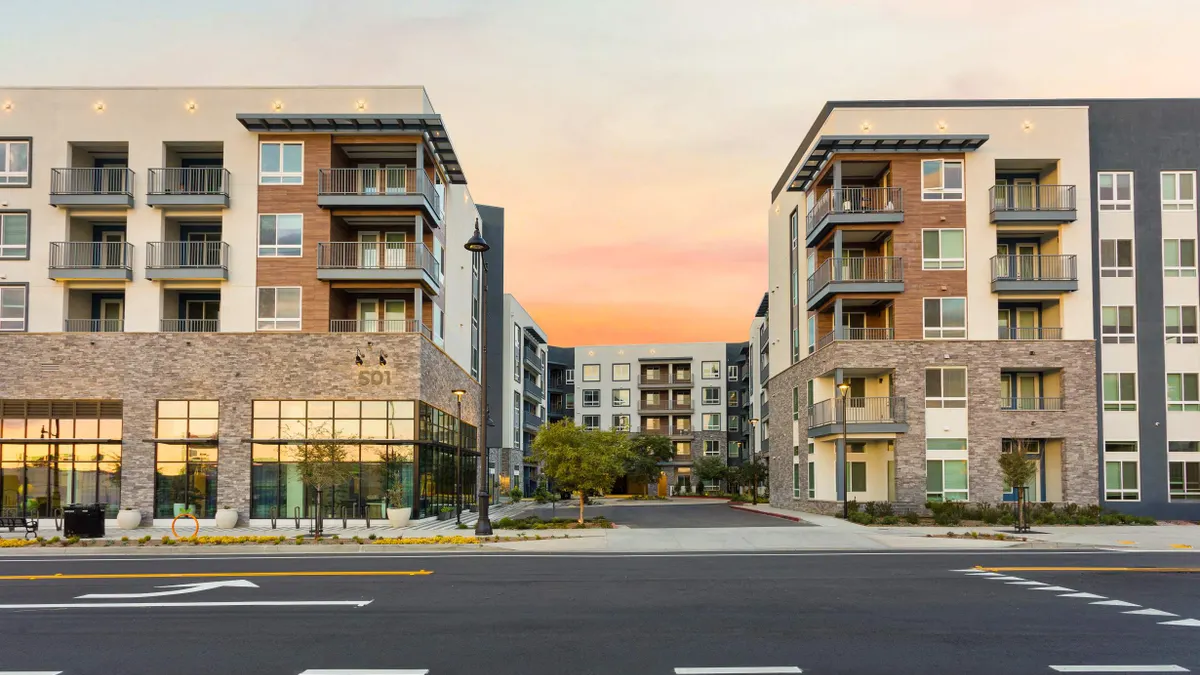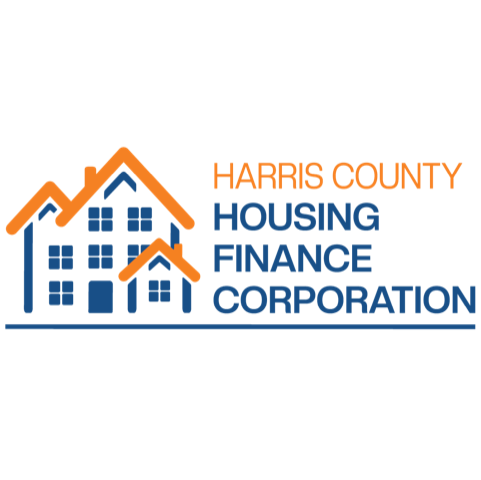Two years ago, Los Angeles-based BH Properties announced its intention to build a $1 billion portfolio of affordable housing assets.
“That early commitment enabled us to build key relationships, gain deeper insight into market dynamics and refine our deployment strategy,” Jim Brooks, president of BH Properties, told Multifamily Dive.
Last month, the real estate investment firm continued its growth in the apartment space by forming Haven Housing, a new multifamily investment platform focused on acquiring, enhancing and operating market-rate and affordable housing communities throughout the Western United States, according to a news release.
Haven Housing is seeded with 2,500 units, targeting A- and B-class properties in Texas, Arizona, Nevada, Oregon, Washington, Colorado and Utah. It will seek 100-plus-unit garden-style communities with value-add potential, particularly in high-barrier, high-demand metropolitan areas, according to Brooks.
On the affordable side, Haven will purchase income-restricted communities past their 15-year low-income housing tax credit compliance periods, with an emphasis on preserving affordability and improving performance through renovations and operational upgrades.
“They might be seven to eight years out from expiration [from LIHTC], which gives you some optionality,” Brooks said. “That was one focus of the effort. It's not exclusively the focus of the effort, but it's one focus of the effort.”
BH Properties, which has carved out a niche in industrial, office and retail sectors over the past 31 years, recently brought Connor Mortland aboard as managing director and head of affordable housing acquisitions. Mortland will lead the platform’s affordable investment strategy from the firm’s San Diego office.
“We spent some time evaluating the affordable space and came to the conclusion it was a good sector to enter,” Brooks said. “There's not a lot of institutional capital in the affordable space. There are benefits to affordable versus market rate, including low turnover and being less capital intensive.”
Here, Brooks talks with Multifamily Dive about Haven’s goals, distressed opportunities and the transaction environment.
This interview has been edited for brevity and clarity.
MULTIFAMILY DIVE: How many properties would you like to add under the Haven Housing banner?
JIM BROOKS: If you look at the overall five-year plan for multifamily, which encompasses affordable, we’d like to grow that to $1 billion over five years. In terms of growth goals and, secondarily, markets, affordability is much easier to manage if you have the right managers in those regional markets, from Texas to the Pacific Northwest and down into parts of California.

On the affordable side, we would look beyond those borders for the right opportunity. You will likely not see us in the Northeast. You will likely not see us in the extreme Southeast, given insurance concerns, operating expenses and similar factors. But you likely would see us expand outside of Texas into the Midwestern states, only because of the ease of management.
You’re looking at affordable housing, yet you’ve also listed class A properties as a potential target. How would those properties fit?
You're seeing some stress in the market-rate world today. Post-pandemic rates were low, and developers had big, rosy pro formas. So you're seeing some markets — Austin is one and Phoenix is one — where you had overbuilding. For those new deals coming up now, we would absolutely look at those.
How do you aim to maintain affordability with market-rate properties?
Many companies had ambitious, rosy projections for value-add apartment acquisitions before and after the pandemic. And they were financing that with very cheap debt.
In a lot of cases, that very cheap debt has become very expensive debt today, which turns those models upside down. It was an easy business to get into, and it was capital gain-restrictive.
Now, there was also an overbuilding of market rate, and they don’t have many options. So, if we can acquire those properties at a discount or at levels comparable to the maturity debt, and then reinvest in them, that's one alternative. But you have to be smart about it.
Do you see the opportunity to buy distressed properties?
There are certainly markets where you see that. You're starting to see that in the greater Phoenix metro in Arizona. You're starting to see a little bit of that in Austin — markets where you had this huge supply. You’ve seen it absolutely slow down. You can look at new stock.
Supply has been shut off. You've got deliveries still occurring. If you can buy those right and you don't have new supply over the next three to five years, there is a window there. You start to get ahead of the curve in some of these markets before supply starts back up again. And it certainly will at some point.
Will the transaction market pick up in the second half of the year?
If you asked me this question in January or February, I'd say it looked pretty good. We're dealing with tariffs and elevated interest rates, with few projected interest rate cuts. So there is a high cost of capital. Things have gotten slower on the capital market side. I think that will correct itself over time.
However, we're different from a lot of companies. We don't have third-party capital, we don't have limited partners and we don't have a lot of bureaucracy. We're very entrepreneurial in how we structure deals. So when institutional capital is largely on the sidelines as it navigates this political stress, that window is open for companies like ours.
Click here to sign up to receive multifamily and apartment news like this article in your inbox every weekday.



